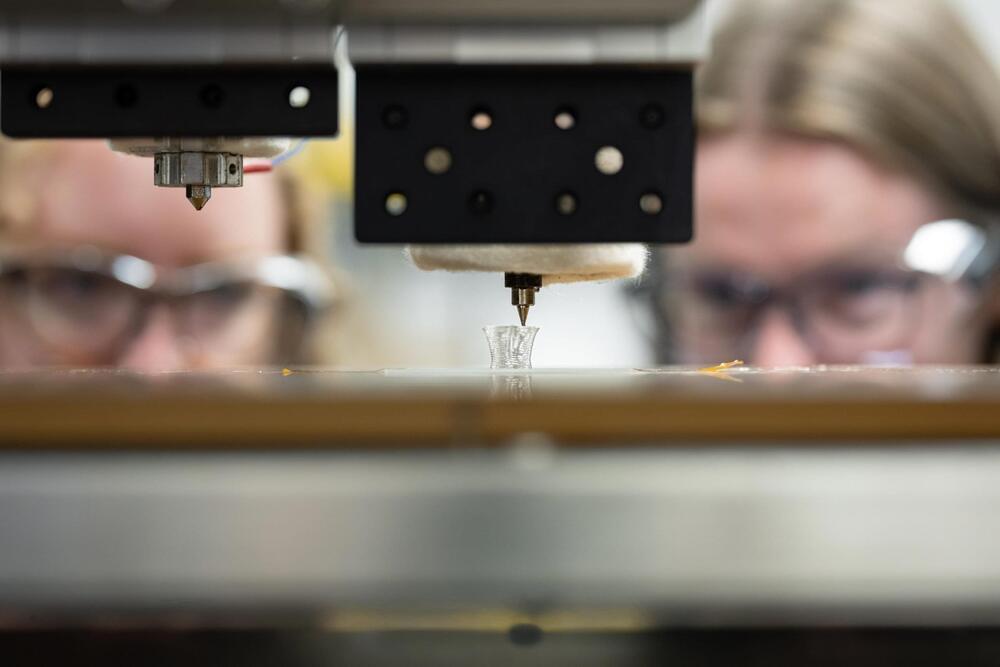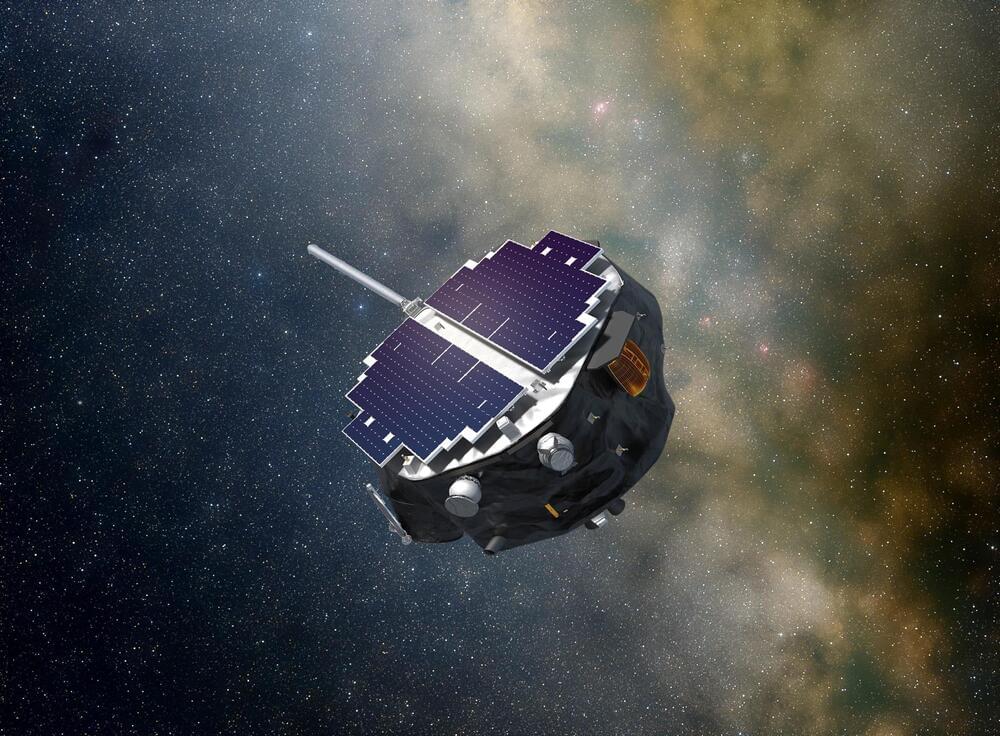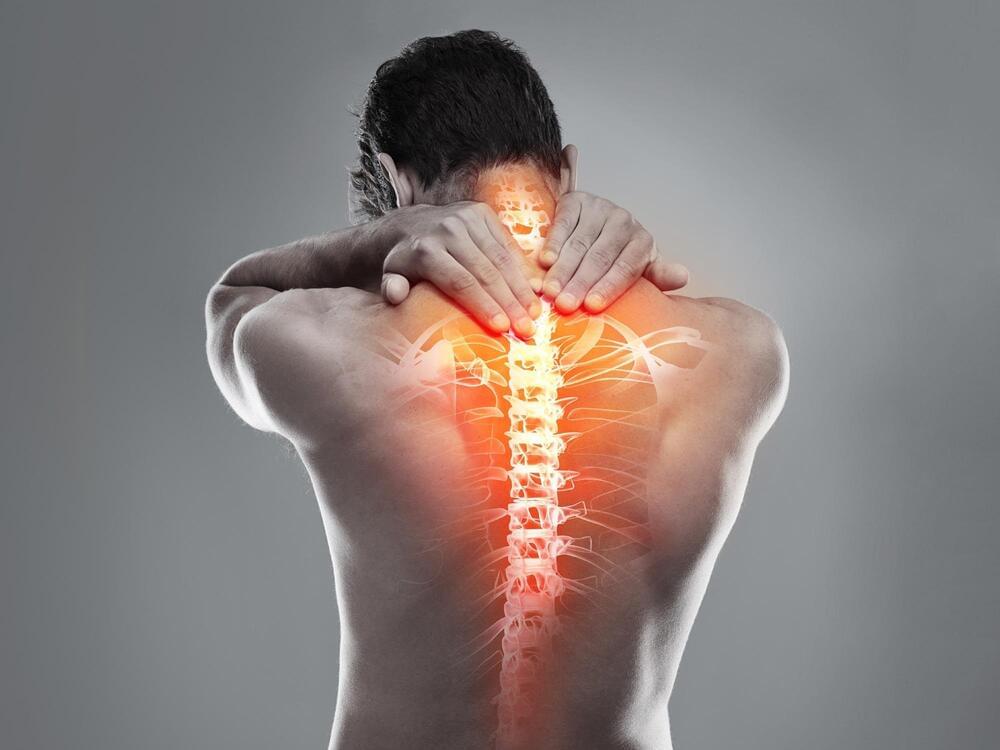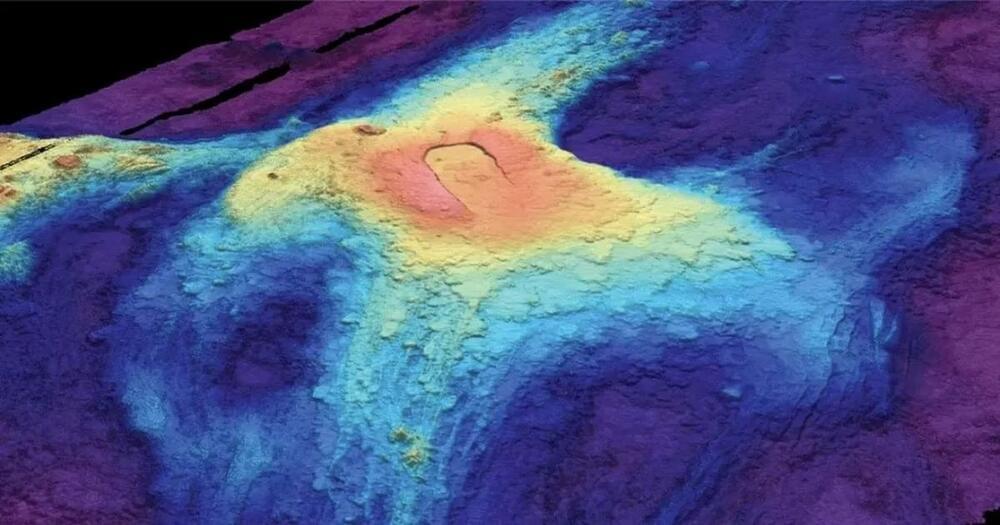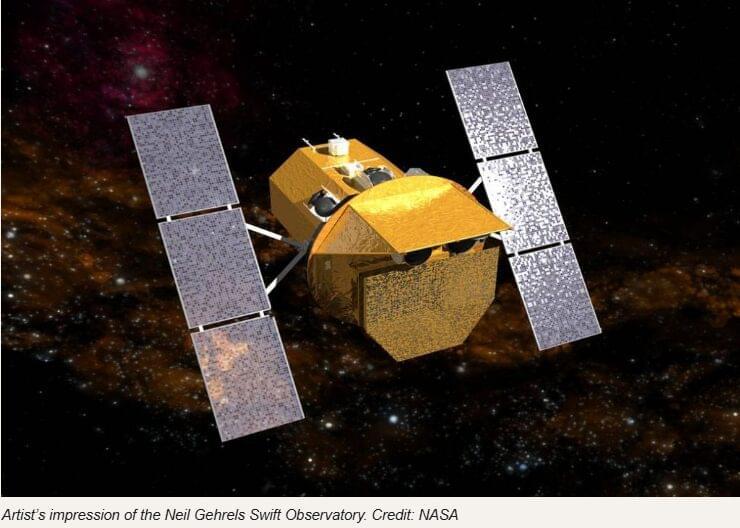Princeton engineers have developed a scalable 3D printing technique to produce soft plastics with customizable stretchiness and flexibility, while also being recyclable and cost-effective—qualities rarely combined in commercially available materials.
In a study published in Advanced Functional Materials, a team led by Emily Davidson detailed how they used thermoplastic elastomers—a class of widely available polymers—to create 3D-printed structures with adjustable stiffness. By designing the 3D printer’s print path, the engineers could program the plastic’s physical properties, allowing devices to stretch and flex in one direction while remaining rigid in another.
Davidson, an assistant professor of chemical and biological engineering, highlighted the potential applications of this technique in fields such as soft robotics, medical devices, prosthetics, lightweight helmets, and custom high-performance shoe soles.
